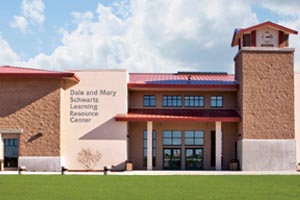
Primary sources are the raw materials of history — original documents and objects which were created at the time under study. They are different from secondary sources, accounts or interpretations of events created by someone without firsthand experience.-- from Library of Congress, “Using Primary Sources”
Examples of primary sources:
artifacts, audio recordings, autobiographies, captains’ logs, diaries, emails, eyewitness accounts, government and organization records, interviews, letters, market surveys, novels, patents, photographs, poems, polls, postcards, proceedings from meetings, reports on discoveries, science experiment data, speeches, videos, weather charts, works of art or music, some websites.
Use this box to search the web for primary sources. Only collections marked with an asterisk (*) in this guide will be searched.

Image from a 12-century illuminated manuscript, the Madrid Skylitzes, is in the public domain.

Monday: 8 am - 8 pm
Tuesday: 8 am - 8 pm
Wednesday: 8 am - 8 pm
Thursday: 8 am - 8 pm
Friday: 8 am - 5 pm
 Circulation Desk: (805) 546-3155
Circulation Desk: (805) 546-3155
 Reference Desk: (805) 546-3157
Reference Desk: (805) 546-3157

Monday: 9 am - 8 pm
Tuesday: 9 am - 8 pm
Wednesday: 9 am - 8 pm
Thursday: 9 am - 8 pm
Friday: 9 am - 5 pm
 Circulation Desk: (805) 591-6211
Circulation Desk: (805) 591-6211
 Reference Desk: (805) 592-9410
Reference Desk: (805) 592-9410
For tech support requests, email support@cuesta.edu or call 805-546-3140
To check out textbooks, Chromebooks and WiFi hotspots, email circulation@cuesta.edu
Grateful acknowledgment is given to librarian Kelly L. Smith of the University of California, San Diego for the use of numerous links from her primary sources libguide.